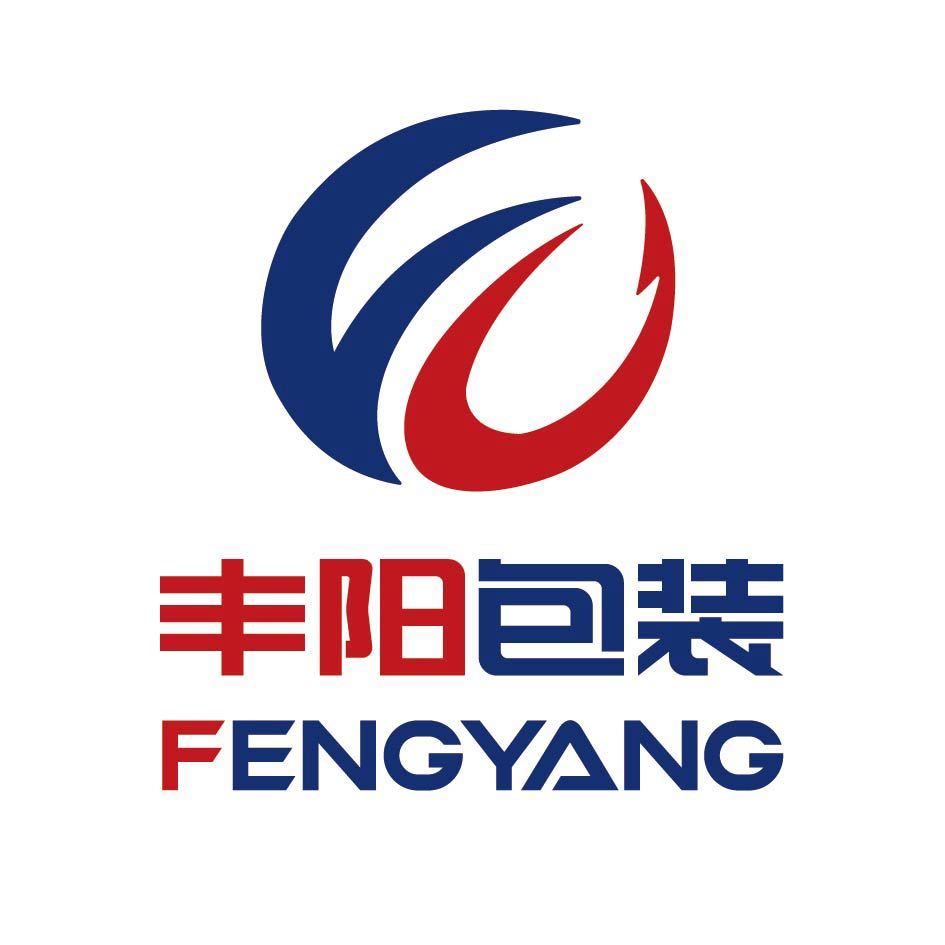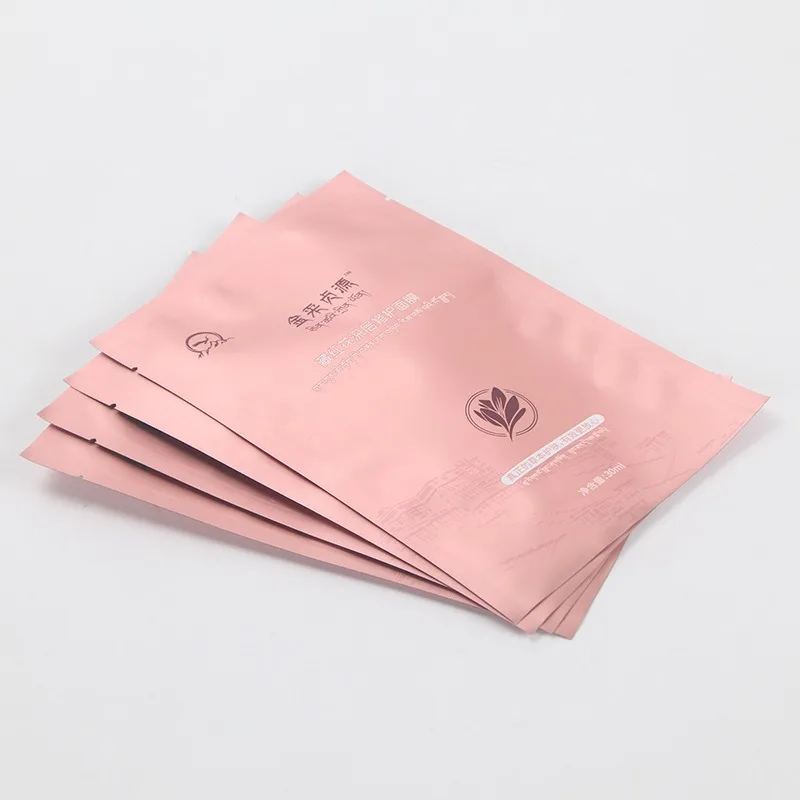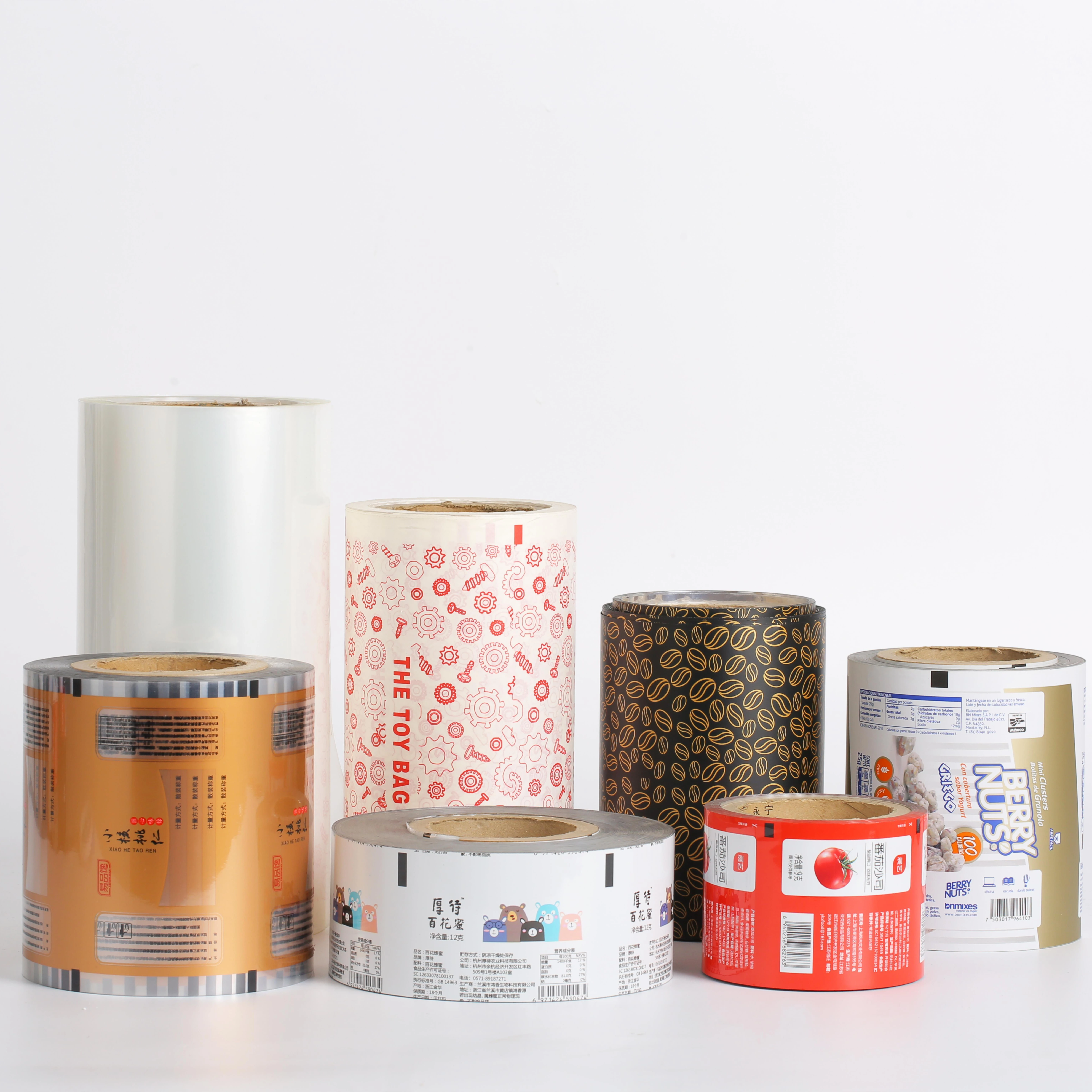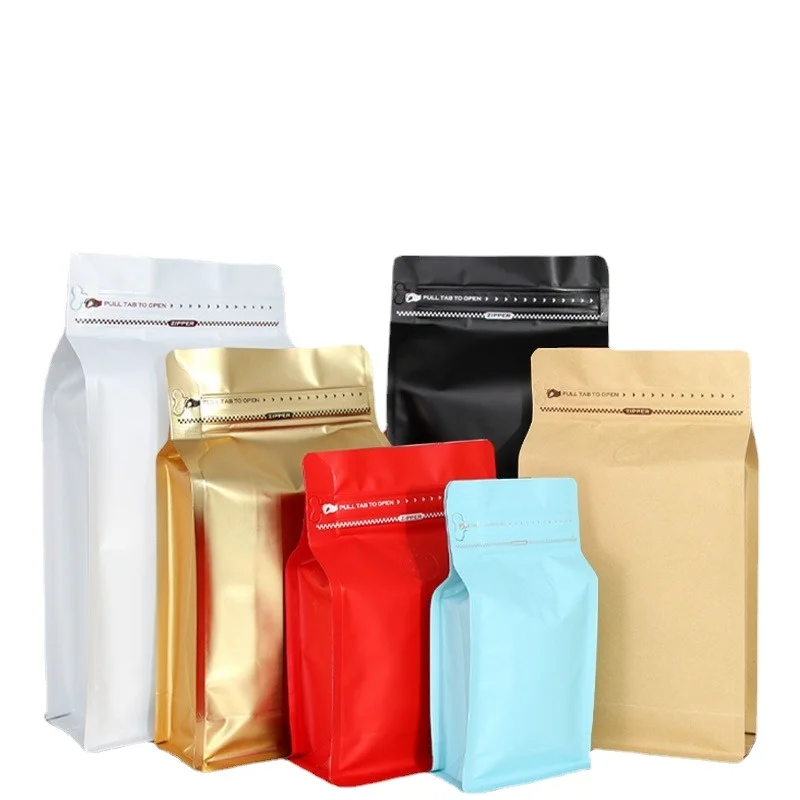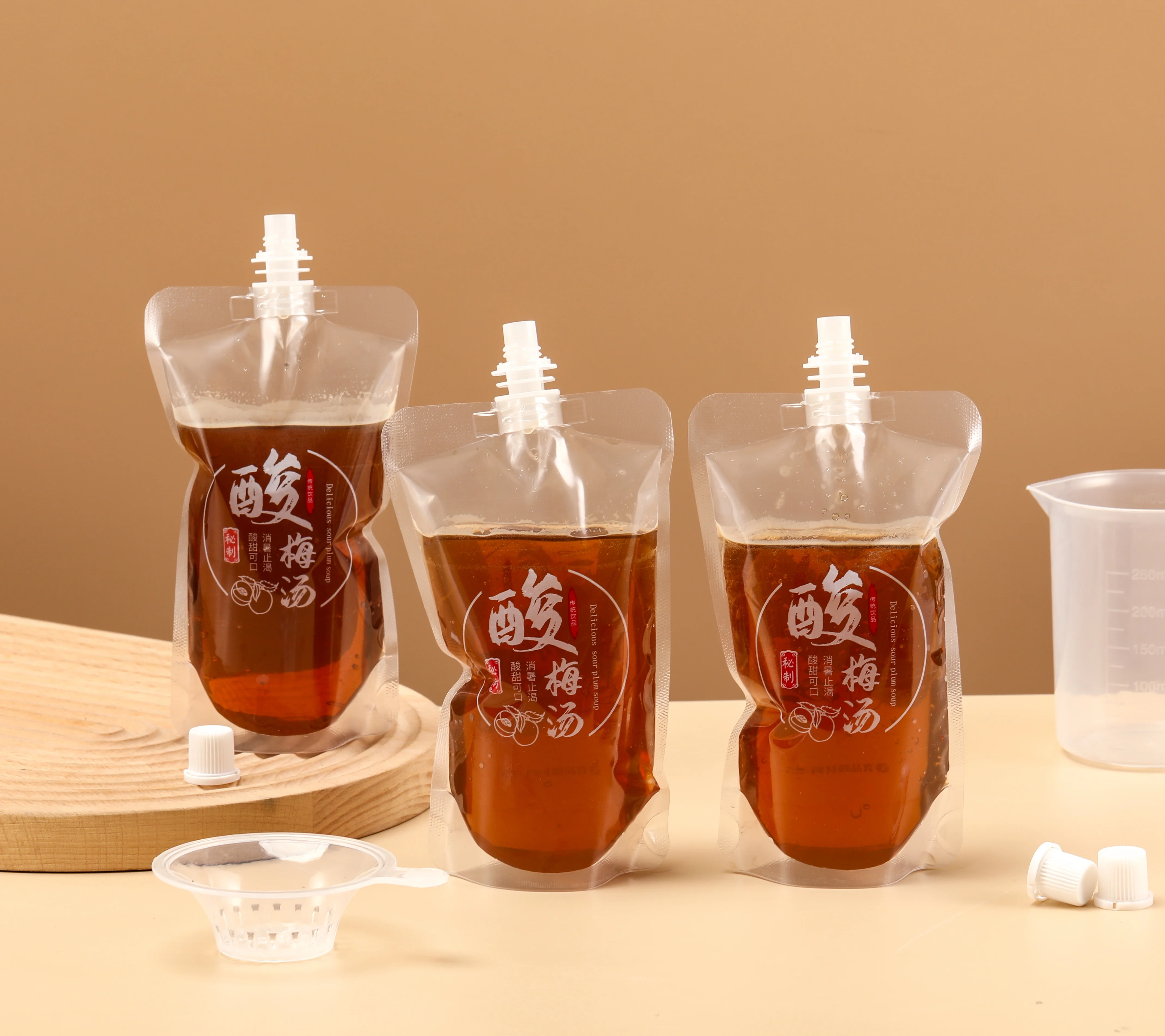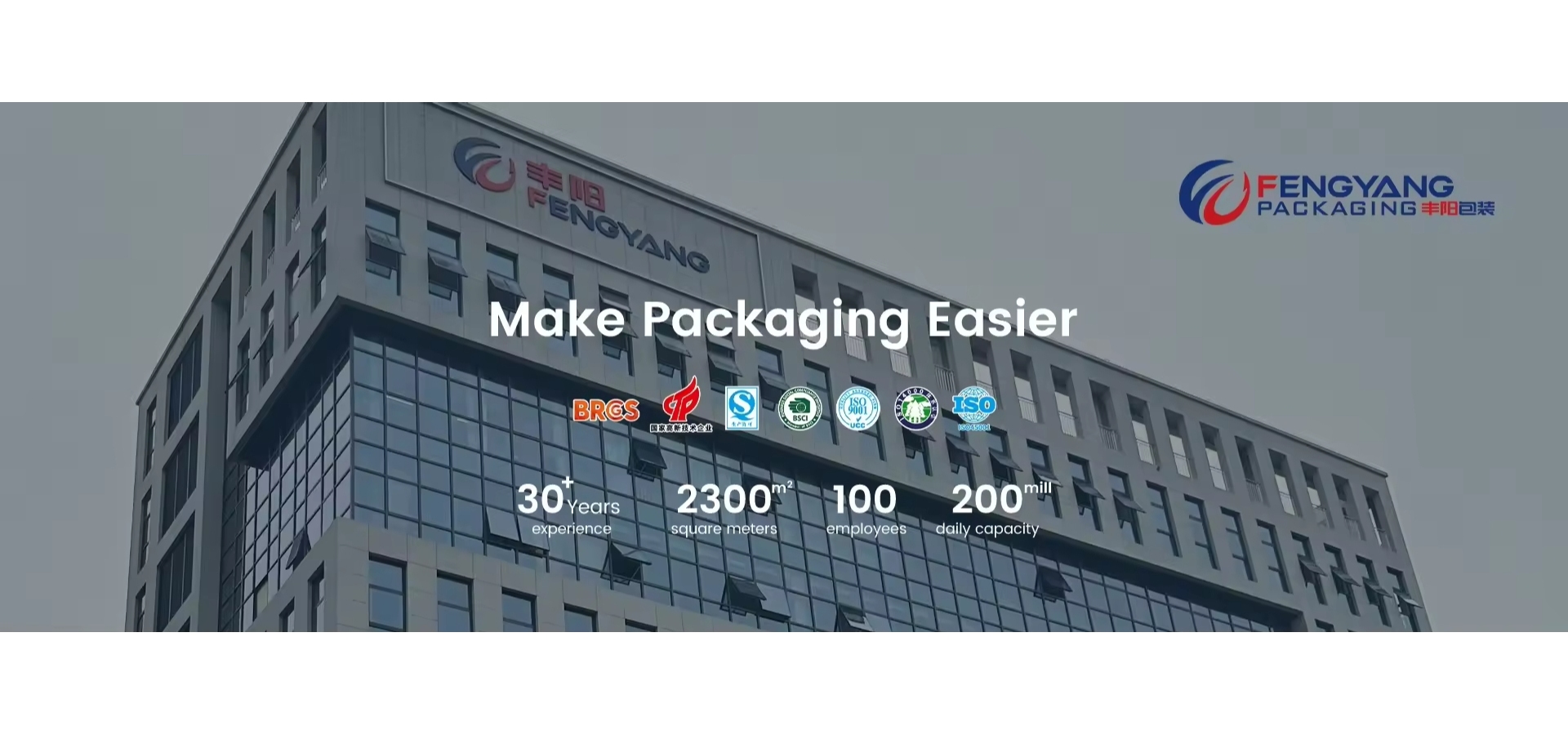
ABOUT
Wenzhou Fengyang Packaging Co., Ltd. is located in Cangnan County, Wenzhou City, Zhejiang Province, China's packaging and printing city. Founded in 2016, the company has a registered capital of 55.51 million yuan, an annual output value of 300 million yuan, a building area of 23000 square meters, more than 100 employees, a team of technical R&D engineers with 10 years of experience, and more than 10 patents for various packaging applications. It is a national high-tech enterprise in China and a technology-based enterprise in Zhejiang Province. The company has been focusing on the research and development and production of functional packaging products such as high barrier, light and heat avoidance, low-temperature freezing, high-temperature steaming, recycling, and degradability. The company has passed IS09001 quality management system certification, IS022000 food safety management system certification, etc. The products have passed multiple authoritative tests such as SGS,BSCI, and the materials comply with US FDA and EU standards. It is a technology-based manufacturing enterprise that integrates research and development, design, production, sales, and service.The company can support OEM, ODM customization, the main production of coffee bags, dog food bags, suction bags, self-supporting zipper bags. The company with excellent quality, good service, timely delivery to win the trust of customers at home and abroad.Thanks for the recognition of domestic and foreign customers, welcome to visit our factory at any time.
PRODUCTS
How do woven bags distinguish between good and bad materials
Fiber Type and Quality
The foundation of any woven bag lies in its fiber. Natural fibers like cotton, jute, hemp, and linen offer breathability, durability, and often a softer texture. However, even within these natural fibers, significant quality variations exist. For instance, long-staple cotton is stronger and more resistant to wear and tear than short-staple cotton, resulting in a more resilient bag. Similarly, densely woven jute or hemp will be far more robust than loosely woven ones. Synthetics like polyester and nylon offer water resistance and durability but often lack the breathability and aesthetic appeal of natural fibers. Recognizing the type of fiber and its quality is paramount in assessing a bag's potential longevity.
Furthermore, the processing of the fibers significantly affects their quality. Properly spun and treated fibers are less likely to fray, pill, or lose their color over time. Look for bags where the fibers seem consistently woven, without excessive loose threads or unevenness. A poorly processed fiber will lead to a weaker, less aesthetically pleasing, and ultimately less durable end product.
Weave Structure and Density
The method of weaving plays a crucial role in the bag's strength and appearance. A tightly woven structure, with densely packed fibers, results in a bag that is much more resistant to tearing and abrasion. Loosely woven bags, on the other hand, are more prone to damage and may not hold their shape as well. Examine the weave closely – a sturdy bag will have consistent spacing between the threads and minimal gaps.
Different weave patterns also impact the bag's properties. Plain weaves are common and relatively simple, while twill or satin weaves offer increased strength and a more refined look. The choice of weave pattern often reflects the intended use and the overall quality of the bag. A higher thread count per inch generally indicates a more tightly woven and thus more durable bag.
Construction and Stitching
Beyond the fiber and weave, the overall construction is vital. Reinforced seams, particularly at stress points like the handles and bottom, are critical indicators of a well-made bag. Look for double or triple stitching, strong thread, and consistent stitching throughout. Loose, uneven, or poorly executed stitching will weaken the bag and lead to premature failure.
The quality of the hardware, such as zippers, buckles, and handles, also contributes to the overall durability. Sturdy, well-attached hardware will withstand regular use, while flimsy or poorly attached components will quickly break or detach. Examine these parts closely for signs of weakness or potential failure. A good bag will have strong, reliable hardware that complements the quality of the fabric.
Sustainability and Ethical Considerations
Finally, consider the environmental and social impact of the bag's production. Opt for bags made from recycled or sustainably sourced materials, minimizing the environmental footprint. Look for certifications or labels that indicate responsible manufacturing practices, such as Fair Trade or organic certifications. Supporting ethical and sustainable producers ensures that the bag's creation doesn't come at the expense of workers' rights or environmental damage.
By carefully considering the fiber type, weave structure, construction quality, and ethical sourcing, you can confidently distinguish between good and bad woven bags. Investing in a high-quality bag not only provides long-term value but also reflects a commitment to durability, sustainability, and responsible consumption.
SUBSCRIBE
INQUIRY
